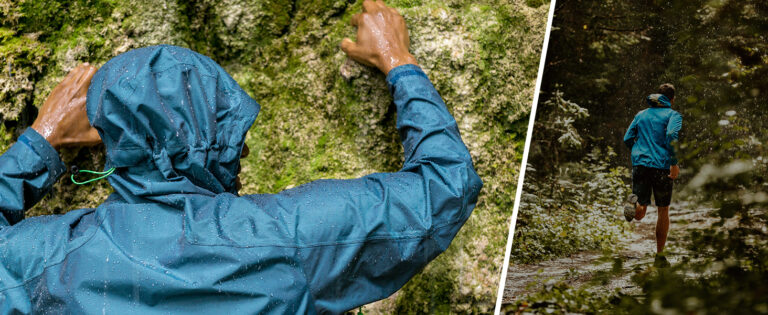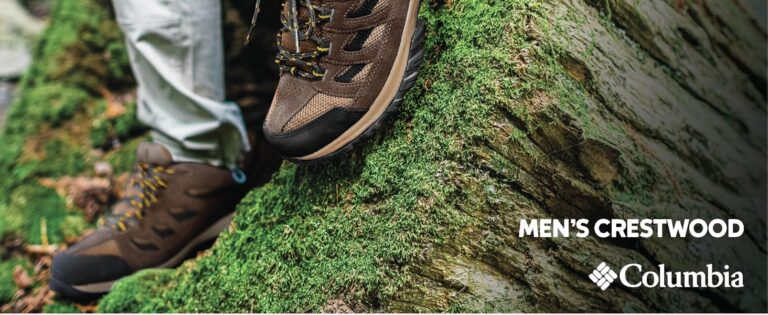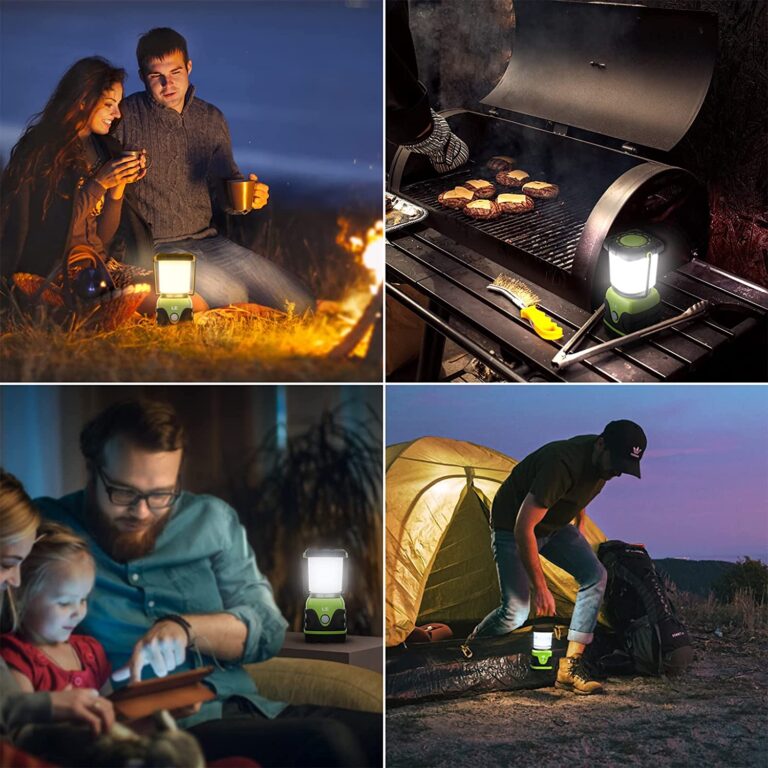A right ice axe is one of the most valuable and necessary equipment’s that every skier or climber should have. When purchasing your first ice axe for your expedition, consider the kind and amount of skiing activity that your axe can sustain. Ice axes are employed in various activities for summiting snow-covered peaks and rocks, including traditional mountaineering, scrambling, hiking, ice climbing, and skiing. As a result, selecting the appropriate Ice Axe is critical if you want to get the most out of this equipment. This article will be the perfect step-by-step guide on how to choose the right ice axe.
Ice Axe
When snow and ice cover the trails in winter, it takes a lot of work to go hiking. You’ll need winter hiking gear, like crampons and an ice axe, to walk safely on icy and snowy trails. While crampons help you stay on your feet, an ice axe stops you from falling if you slip on frozen ground. Here, we chose the best ice axes for hiking, travelling on glaciers, and general mountaineering.
The right ice axes in this review can also be used to climb up pretty steep slopes, like climbing ice axes, by hooking the ice axe into the hill in front of you. However, their primary purpose is to stop a fall and cut steps in the snow. Since they have long, straight shafts, like trekking poles, they can also help keep your balance. This differs from most climbing ice axes, which have more curved shafts.
Every ice axe has a shaft and a head, made up of a pick and an adze facing backwards. When trekking on less steep terrain or strolling down the bottom of a hill, hold the ice axe at the head and use the shaft as a hiking pole. If you fall or slip while holding the ice axe this way, it is easy to lean toward it, and it will quickly hook into the ground and slow your fall.
How to Put an Ice Axe on your Backpack
Even though this may seem small to explain, it is essential to know. Just slide the shaft through the strap or loop at the bottom of the backpack with the spike facing down. Turn the axe 180 degrees when the head reaches the belt. The point of the spike should now be facing up. Then, use the strap at the top of the backpack to hold the shaft in place.
Do You Need One Or Two Ice Axes?
For mountaineering, one ice axe is enough, but if you want to climb very steep or vertical terrain, you should have two ice axes, one with a hammer and the other with an adze. Ice axes are usually sold in pairs, as shown in the image below.

How Is A Walking Axe Different From A Climbing Axe?
Even though some mountaineering axes are rated for basic climbing, they are only sometimes made to be used as climbing tools. They are better for snow-covered slopes, gullies, and glacier travel because they are lighter, less complicated (one-piece), and have longer, straighter shafts. The spike at the bottom of the shaft is pushed into the snow to give you stability.
While the “pick” is mostly there for self-arrest, and the “adze” can be used to cut steps or platforms if needed. These axes are not meant to cut overhanging ice or carry much weight. Instead, they are intended to be used as a steadying tool and safety aid while walking or skiing. When the axe is used as a belay anchor, the hole on the head is for a leash or a carabiner, and the spike is another way to attach a leash.
How To Choose The Right Ice Axe
The best technical ice tool will depend on the climber’s skill level, the type of climb, and their preferences. Choose one that feels good in your hands and swings easily. Consider the following things about ice axes before you buy one.
Material
The material used to make the shaft of the ice tool is an important thing to think about. Popular options include steel, aluminium, and carbon fibre.
Steel-shaft ice tools are a good choice if you’re new to climbing. Even though they carry more weight, they are strong and best for self-arresting. When swinging in neve and hard snow, steel works better. It is also very good at complex tasks like cutting steps, driving in pickets, and breaking through hard ice.
Aluminium shafts are light, which is suitable for people who walk long distances. It’s an excellent pick if you’re into early-season trekking or ski climbing or require a tool for light chores. Aluminium isn’t as rugged as steel or titanium. More lightweight tools are more likely to cause glancing blows if a swing isn’t well-aimed.
Titanium is heavier than steel but lighter than aluminium. As long as you don’t treat it too roughly, you can use it in the same ways as steel. Titanium works very well and doesn’t break as aluminium does. But ice axes made from this material will be more expensive.
The Head Of The Axe
The matter at the front of the head is called the “pick,” and it’s used for steeper terrain and to stop an ice axe from falling. At the other end, an adze, which looks like a small spade, is used to cut steps in ice or dig snow.
The picks on more advanced axes can be taken off, so you can switch them out depending on what you like to use the axe for or replace them when they get worn. Climbing axes often have a hammer instead of an adze, which is used to place safety gear.

Weight
A light axe will be easier to hold in your hand, but it will be less effective when climbing or making an ice axe arrest. As a result, climbing axes are often heavier than walking axes.
Length
Keep your arm straight by your side and hold the axe by its head. The spike on the end of the shaft of a general-use axe for walking and easy mountaineering should reach your ankle. For a walking axe, a bit more length makes it easier to use, while climbing axes are usually shorter.
The Curve Of The Shaft
Walking axes, used more like trekking poles, have straight shafts, while mountaineering axes, which are swung by the post when climbing, have a more curved profile. The axe is better for climbing if it has a more prominent curve.
Strength Ratings
Ice axe heads are given a number that shows how strong they are. A type 1 or B-rated axe is suitable for walking in the winter and is probably lighter. Type 2 or T-rated axes are more powerful and may be used on more challenging terrain or to create belays. Remember that an axe’s shaft and head can have different ratings.
Leashes
So that it doesn’t get dropped and lost, an axe has a removable leash that goes around the handle and the wrist. Many axes come with a leash, but you can also buy leashes. Some axes are more complicated and have lanyards that attach to the bottom spike and the belay loop of a climbing harness.
How To Choose The Right Ice Axe: Quick Ice Axe Tips
- A sturdy, well-made axe is required for carabiner belays and snow anchors on glaciers and steep slopes.
- Invest in an excellent pair of gloves that protect your hands during arrests.
- Cover the ice axe’s pick and adze with a rubber covering to avoid injury, and remove them only while the instrument is in use.
- An extra-light axe with a quick pick will suffice if you’re out in the spring and summer.
- Invest in a high-quality ice axe from a reputable manufacturer for higher-risk and longer adventures.
- Rubber hand grips are helpful but make it more difficult to press the shaft deep into the snow.
- Spike covers are easily misplaced, so don’t wear them while going outside.
Final Words
This guide explains How To Choose The Right Ice Axe. We will make every step to ensure that you understand this tutorial. We hope you like this article. Please stay in touch if you need help with anything.














